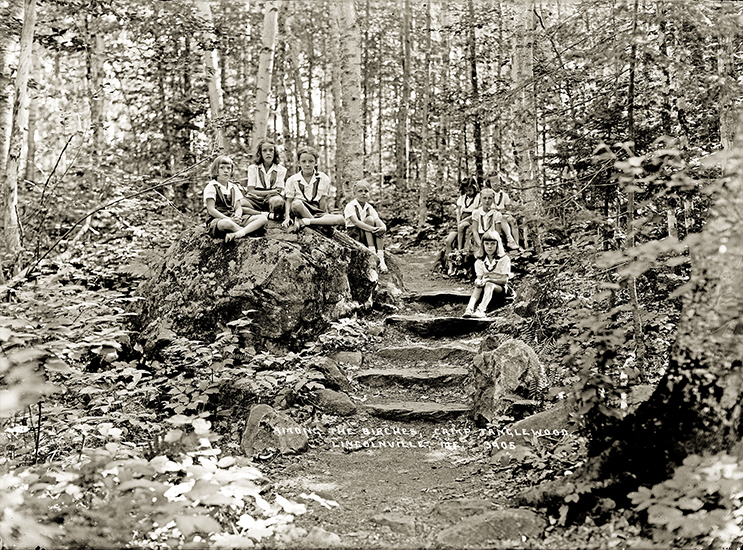“Maine at its Mid-Point,” a photo exhibition, will be on view through June at the State Capitol, at 193 State St. in Augusta.
The photographic exhibition is presented by the Maine Arts Commission in collaboration with the Penobscot Marine Museum.
The exhibit will provide historical and artistic context for the state’s bicentennial anniversary, drawing upon the research and writing conducted for the book “Maine on Glass: The Early Twentieth Century in Glass Plate Photography.” In the book, State Historian Earle G. Shettleworth, Jr. describes Maine as a “big state in bustling times.”
The book features 200 pages of photographs selected from glass plate negatives by photo archivist Kevin Johnson from the Penobscot Marine Museum’s Eastern Illustrating & Publishing Co. collection.
The collection is arguably the most significant of its kind for Maine photography, creating a photographic survey of Maine that offers a genuine look at the state when it was a hundred years old. The informative captions, written by historian William H Bunting, take the images to a deeper level.
The exhibit is presented in part by the Maine Arts Commission and sponsored by Tilbury House Publishers. The photos are printed on fine art paper provided by Innova Art Ltd. Inkjet prints are available to purchase.
The Art in the Capitol program is designed to expand accessibility for Maine artists working in state on Maine-based themes. To learn more about the program visit: MaineArts.com or email Julie Horn, Visual Arts Director at julie.horn@maine.gov.

In 1906 the E & B (Elliott & Bartlett) Spool Mill in the Lynchville section of Albany, Maine “turned” 700,000 feet of birch spool stock into No. 1 spools for Coats & Clark. Spools were precision machined to within the breadth of a single strand of thread, due to the precise requirements of thread-winding machines. Maine’s vast white birch belt included most of Oxford County and portions of Kennebec, Franklin, Somerset, Piscataquis, Penobscot, Aroostook, and Washington counties. Although birch was once considered practically worthless, its superior turning qualities led to the creation of a major industry beginning in the late 1800s, producing a wide variety of products. Birch is a common succession species after fire, and much of Oxford County was burned over by great fires in the fall of 1816, following the calamitous summer that never was, caused by the 1815 eruption of Mt. Tambora in the Dutch East Indies. (Five million acres of birch in forests east of Moosehead resulted from the fires of 1825, which burned fifty Maine townships before becoming what was known as the Great Miramachi Fire in New Brunswick.) In 1916, after their Albany mill burned down, Elliott & Bartlett relocated to the town of Norway, where large stands of birch remained uncut. Most of their workers followed.
Comments are not available on this story.
Send questions/comments to the editors.


